Chikmagalur for temples and coffee
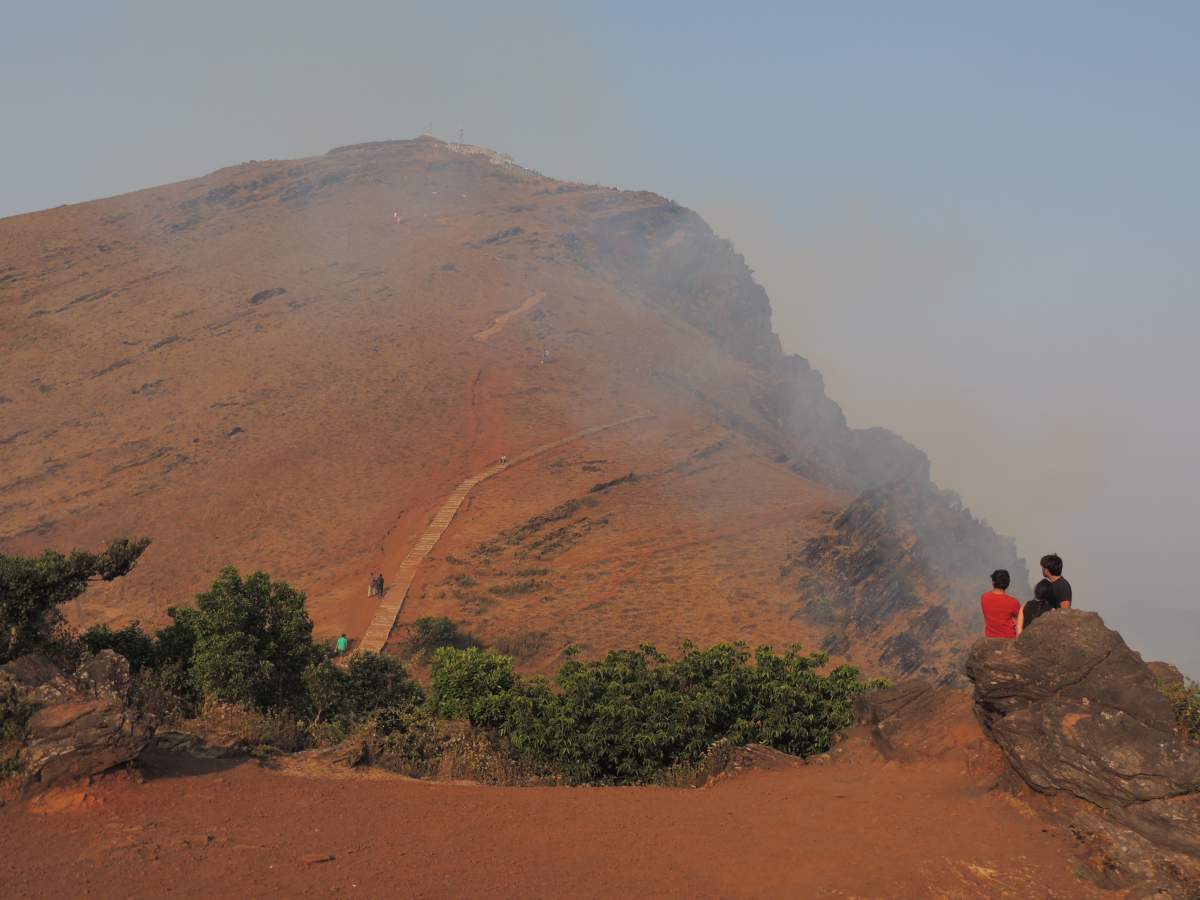
An edited version of this article was published in Travel + Leisure December’14 issue.
As I started the car and hit the NH4 (National Highway) towards Bangalore, I noticed Pune was still fast asleep. Any sane person would be, considering it was still four in the morning. Night hadn’t lifted its veil and it was pitch-dark. We sped through the well laid four lane roads with minimal traffic. I and my husband took turns driving and by eight we had reached the outskirts of the city of Kolhapur famous for its leather footwear and spicy masalas.
We drove ahead to find numerous tractors loaded with sugarcanes in trailers meandering leisurely on the road. The roads were dotted with mimosa trees bearing beautiful pink flowers. Spring was in the air and the weather was perfect for a long drive. We were headed to the coffee town of India called Chikmagalur. Soon towering wind mills welcomed us to the city of Belgaum. After a brief stop for lunch at the famous Hotel Niyaaz we drove ahead towards North Karnataka. From Belgaum it was a two lane road and our speed reduced drastically with the combining effect of the traffic. After crossing Dharwad we reached the Haveri district of Karnataka. The day had been long and we decided to crash for the night at Ranebennur (meaning Queens resting place in Kannada) a small town in the same district.
SHIMOGA
Next morning by six we were back on the road to Shimoga. Shimoga or Shivamogga was nature’s way of celebrating spring. She was dressed all green with swaying paddy fields, tall coconut trees and the glowing, fresh blown sunflowers. She looked splendid as the mynahs chirped and hopped on the rough and bumpy road with the bees swarming around the flowers. Mother Earth had come alive and there was frenzy all around. Streams gushing to the paddy fields gurgled and in sudden bursts one could find the white fluffs of the cotton fields. The villagers were busy at work in the paddy fields with the scarecrows standing erect in between them. A canopy of trees covered the road and blocked the sun filled sky.
With the Tungabhadra and Sharavati rivers flowing across this beautiful town, Shimoga is very fertile and is called the Rice Bowl of Karnataka. It is told that the name of this district is linked to the Hindu deity Lord Shiva. We stopped briefly at the town centre for a South Indian style tiffin (as called in the South) of dosas, medu vada and steaming coffee all for a steal 100 rupees.
CHIKMAGALUR & THE ORIGIN OF COFFEE
We drove ahead for few hours and the landscape changed drastically. Gone were the flat lands and they were replaced by the hilly terrain. We snaked through the winding roads that were lined with coffee shrubs, pepper vines, betel nut and silver oak trees on the slopes. A board stating Welcome to the land of Coffee indicated we were in Chikmagalur. Legend has it that a chieftain gifted this town to his younger daughter as dowry, hence the name Chikmagalur (meaning younger daughter’s town in Kannada).
It is also told Saint Babu Budan brought few coffee seeds from Yemen to India and threw them across the Babu Budan ranges in Chikmagalur and that is how India got its coffee. Babu Budan ranges houses the Mullayanagari peak which is the highest peak in Karnataka. The peak is a paradise for the trekkers and the ones who are more into adventure, cycle all the way from the base up to the peak. We decided to make The Hidden Valley a homestay surrounded by coffee plantations in the Chikmagalur Mudigere road as our base for the next two days and explore the gems of this district.
MULLAYANAGARI
After a great south Indian lunch of sambar, rasam, chicken curry and fish fry followed by freshly brewed coffee beside the pond at the homestay, we were perked up for our drive to Mullayanagari. The caretaker of the homestay asked me if we had good driving skills as the last eight kilometres would be treacherous. I was pretty confident that it would be a cake walk for us which proved wrong. We drove through the winding roads of the Babu Budan mountain ranges to reach the peak. The sign board stated we were ten kilometres short of our destination. Suddenly there was no gravel, it was a narrow dirt path filled with stones. The width was just enough for one car to traverse through. On one side was the mountainous peak and on the other was an endless valley with no barricades or vegetation. A slight deviation would get us tumbling down the mountain. The car screeched as it drove through the rubbles. We were almost six thousand feet above and it was a death defying drive. I wondered when it would come to an end as it also meant the drivers of the vehicles ahead and behind you, have the right driving skillset. Finally we reached a point beyond which walk was the only means to reach the summit. We parked the car and walked up the steps in the company of the wind blowing at full speed. If it would have been the rainy season the peaks would have been covered in green but then the mountains were stark. We passed by the Nandi statues followed by Lord Shiva’s at the top. The view from the pinnacle is one you could die for as you get to see the sprawling Western Ghats. A sunset experience from the peak is a must. We drove down and stopped mid-way at the Sittalayangiri temple for some great shots.
SRINGERI
The next morning we left for Sringeri temple by traversing through numerous mountain passes. The drive was extremely scenic as mist enveloped the entire region. We crossed numerous coffee estates and beautiful villages. Legend has it that when Adi Shankaracharya visited this place on a rainy day, he saw a snake protecting with its hood a frog that was spawning. He was amused by this scene which was in direct contrast to the law of nature and decided to make this place his abode for the next twelve years. We paid our tributes at the temple which has shrines of Goddess Saraswati, Lord Vidyashankar on the banks of river Tunga. The temple has one of the Math set up by Adi Shankarcharya called the Shardamba Math and is 126 km from Chikmagalur.
HALEBEEDU
The next day we were supposed to leave back for Pune. I had heard a lot about the beauty of the Halebeedu temple and somehow didn’t want to miss it since I was so close to it. So we decided to leave early in the morning and visit Halebeedu before returning home. Halebid or Halebeedu is 73k.m. from Chikmagalur. The beautiful edifice built by the Hoysala dynasty in the twelfth century was attacked by the Sultans of Delhi multiple times and looted. The after effects of the perils could still be seen in the temple. The city which was the capital of the Hoysala dynasty and called Dwarasamudra was destroyed in these attacks. After which it was called Halebeedu meaning The Old City and Belur took over as the capital. I found the friezes that ran across the exteriors of the temple a treasure house of masterpieces. Each figurine in the temple had been sculpted with the utmost delicacy and finesse. I could see various scenes from the Ramayana and the Mahabharata depicted on the walls. All the sculptures were made of soap stone and the temple complex had two deities, Lord Shantaleshwar and Lord Hoysaleshwar.
I stood long admiring the beauty of each art form. I had not seen such craftsmanship earlier. I wondered who the artisans would have been who toiled day in and out for more than a century to build this marvellous architecture. Every intricate detail had been taken care of to perfection. Despite facing the adversities of time she stood tall and majestic in all her glory. These were the glorious testaments of India’s history and culture that had stood the test of time. The sun was about to rise and I left for home holding on to few pages of India’s umpteen beauty and vast culture. These are stories that can never be forgotten but lived to be told.

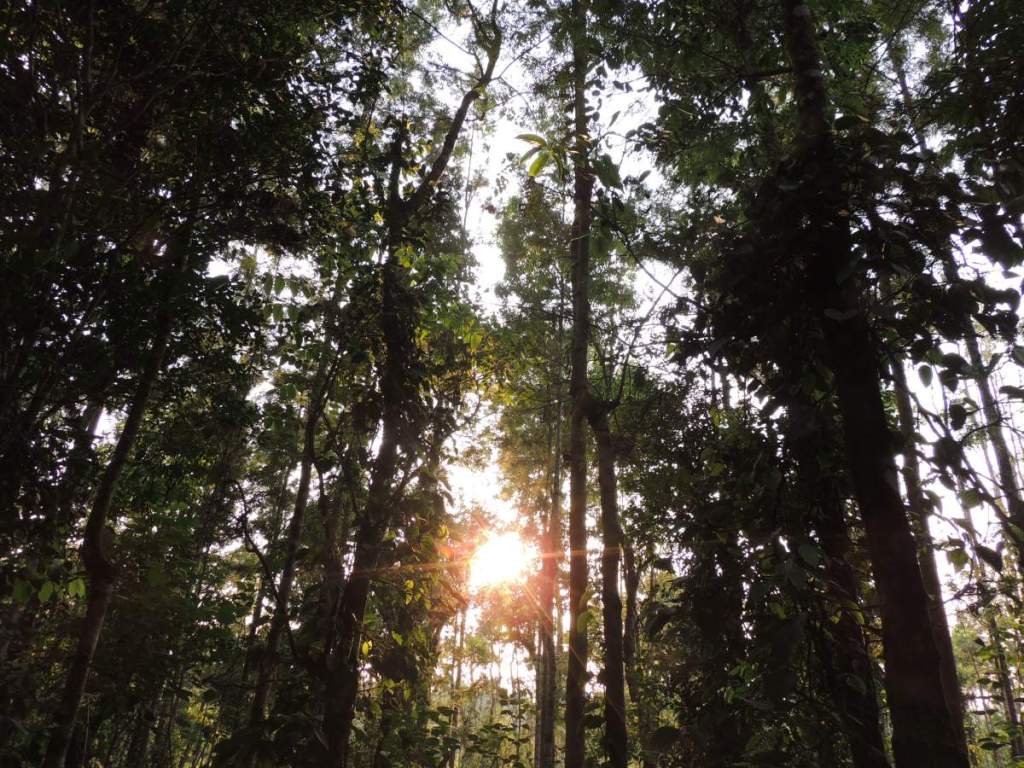
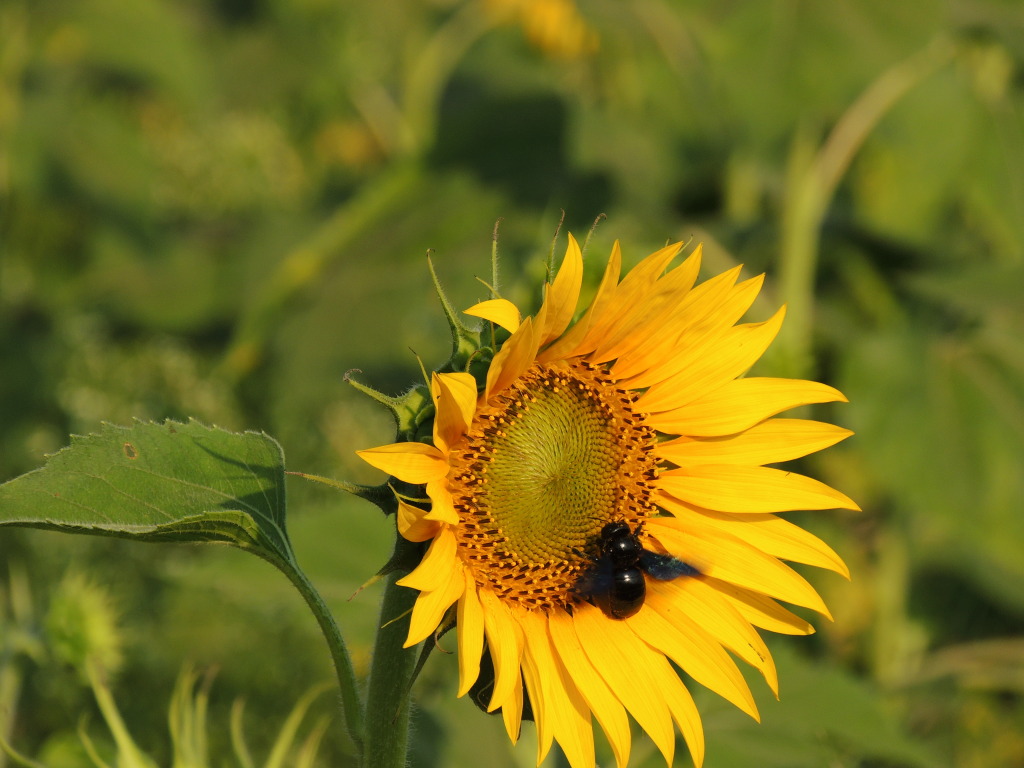
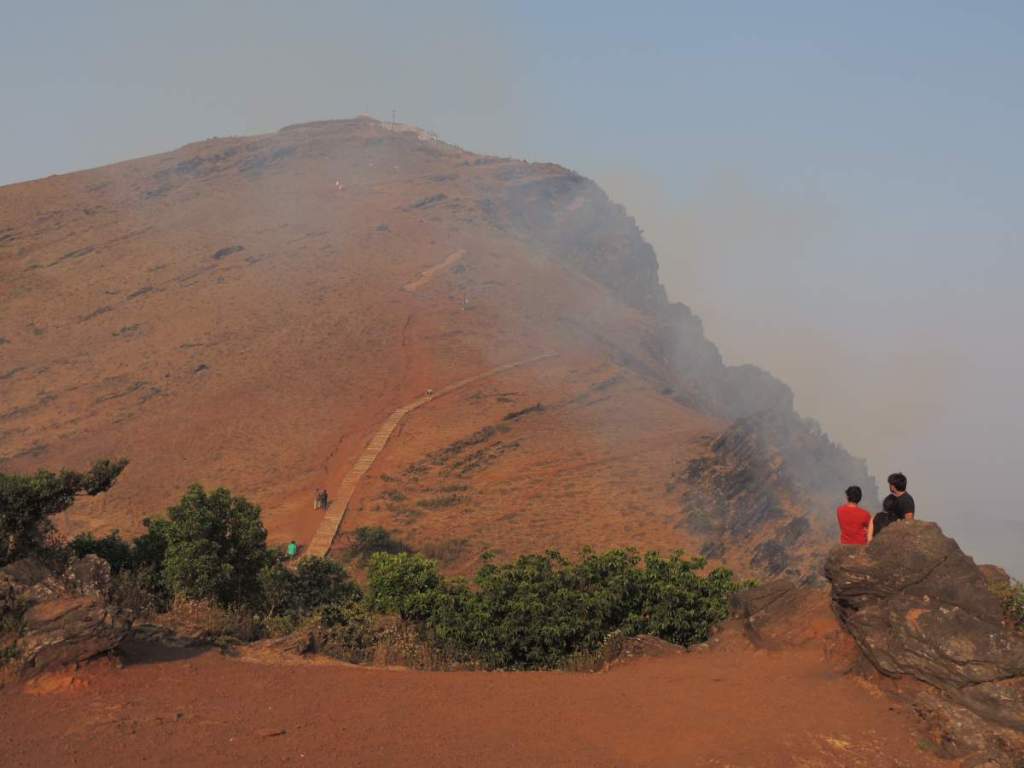
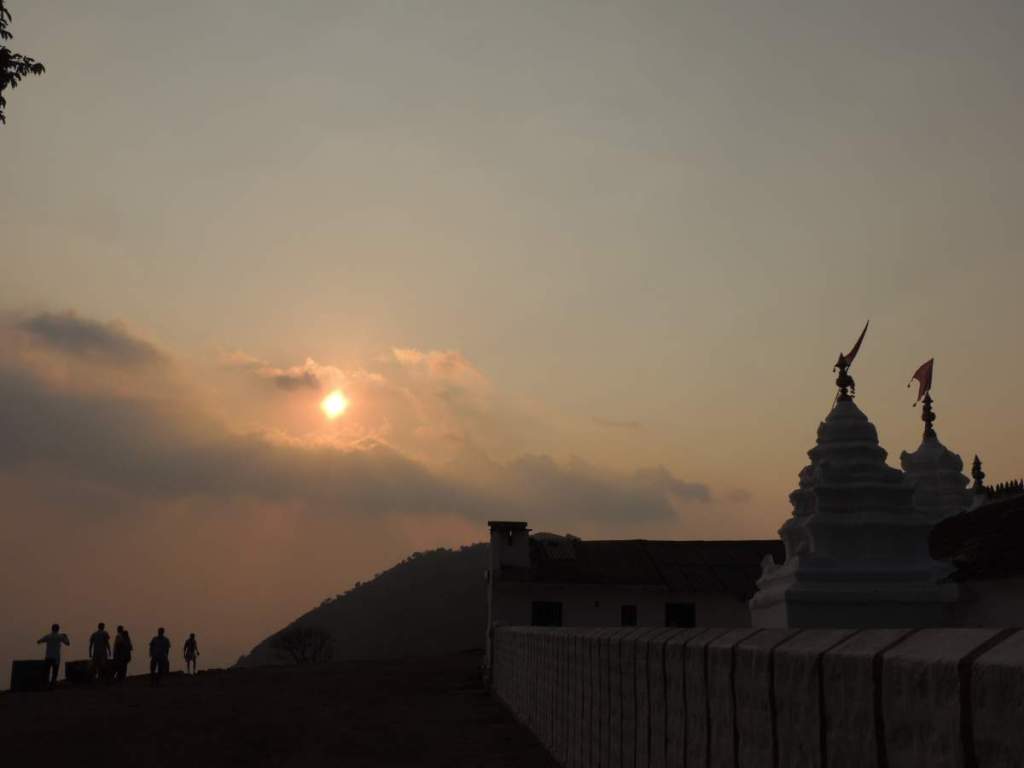
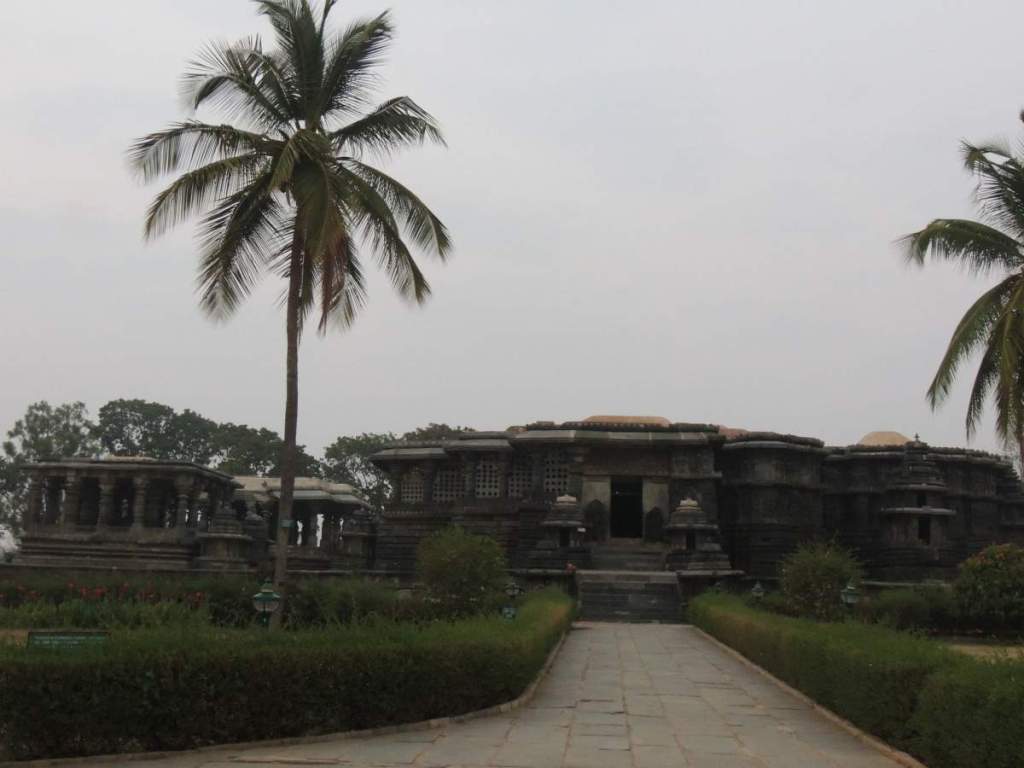
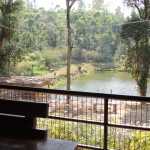
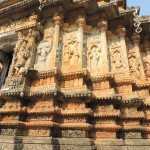
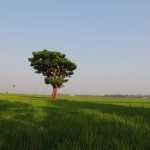
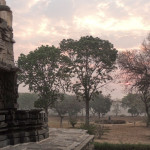
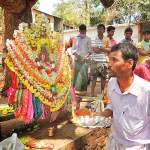
 `
`
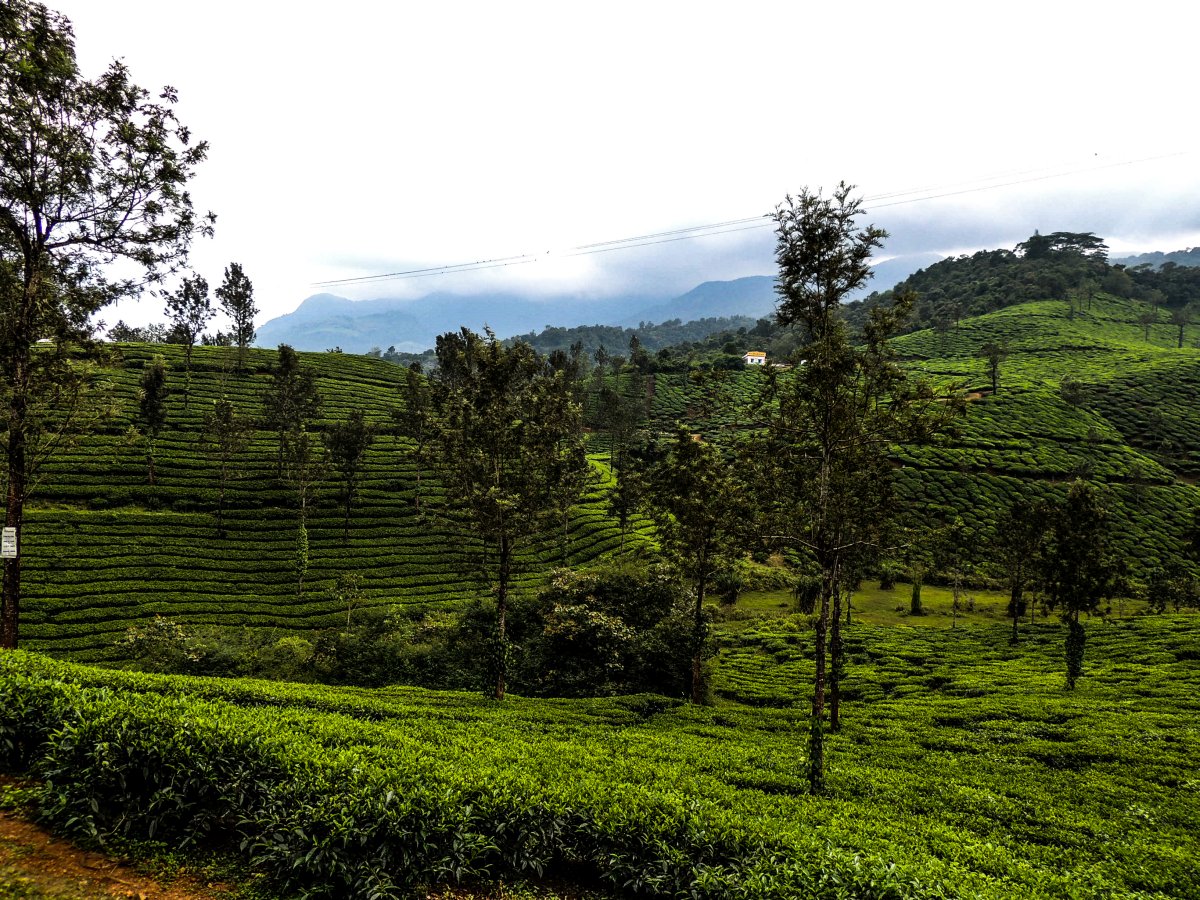
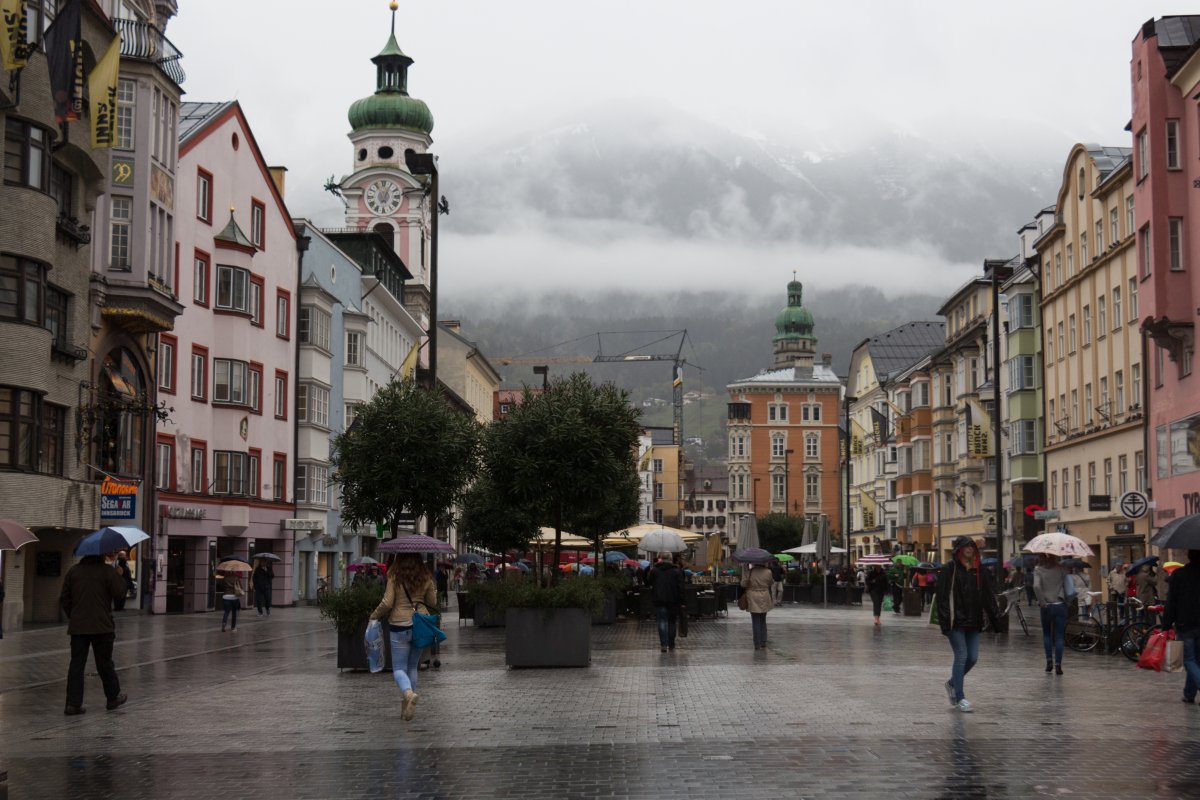
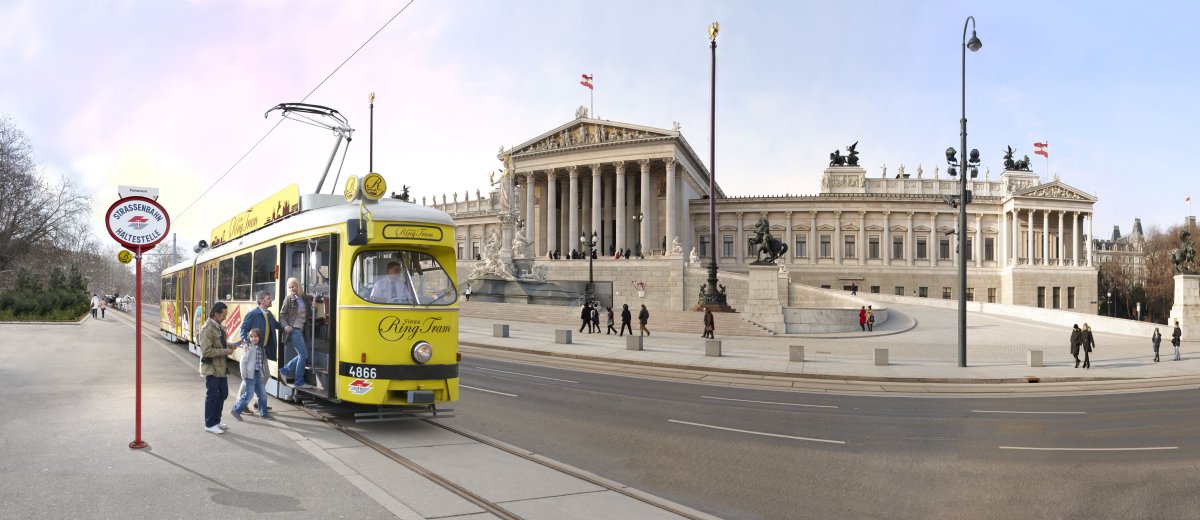




Wow, this looks very very promising. Bookmarking this to refer for my travel there. Thanks! 🙂
Let me know Jatin when you visit Chikmagalur. Would want to know your opinion.
Lovely post on Chikmagalur. Lots to explore.
Love Halibedu…. the temple is awesome….. do visit http://www.rohitdassani.com
It indeed is Rohit
Interesting write up. So much to experience in Karnataka. Thank you.
Very true Jayant Karnataka has loads to offer to the intrepid.
Beautiful. I have been wanting to visit Chikmagalur for some time now…